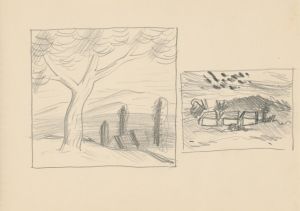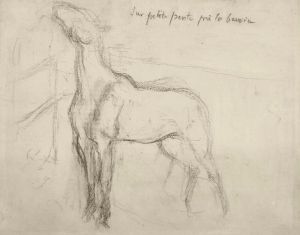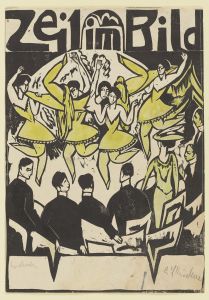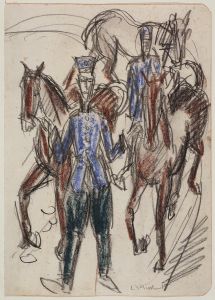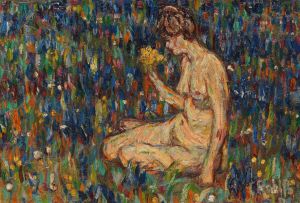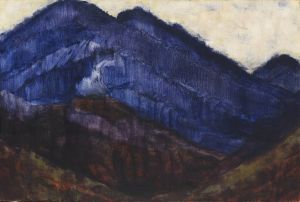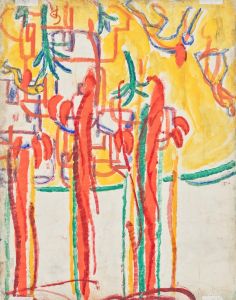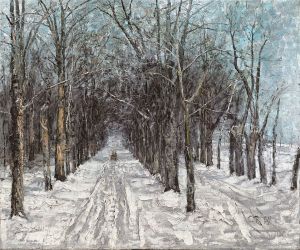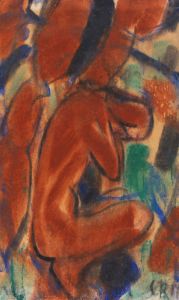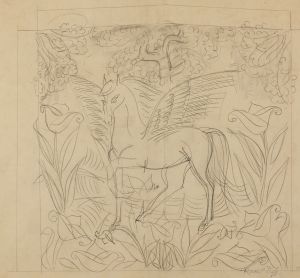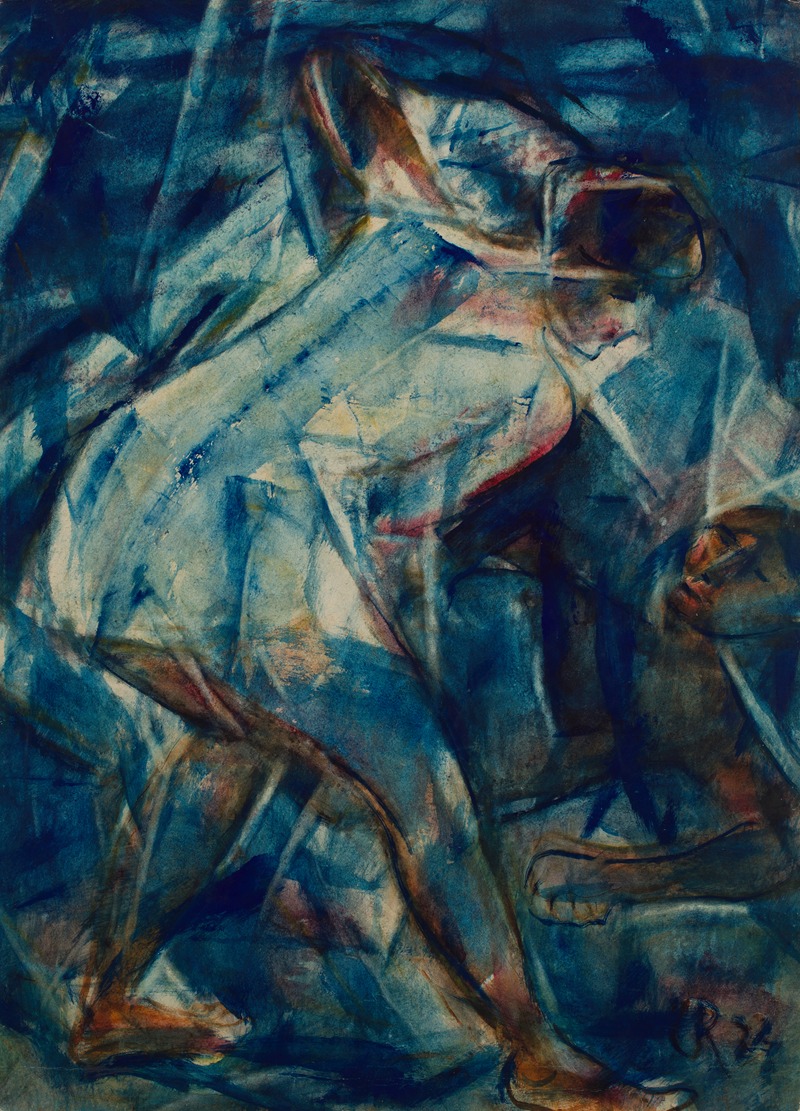
Two Figures
A hand-painted replica of Christian Rohlfs’s masterpiece Two Figures, meticulously crafted by professional artists to capture the true essence of the original. Each piece is created with museum-quality canvas and rare mineral pigments, carefully painted by experienced artists with delicate brushstrokes and rich, layered colors to perfectly recreate the texture of the original artwork. Unlike machine-printed reproductions, this hand-painted version brings the painting to life, infused with the artist’s emotions and skill in every stroke. Whether for personal collection or home decoration, it instantly elevates the artistic atmosphere of any space.
Christian Rohlfs was a German painter known for his contributions to expressionism, a movement that sought to convey emotional experiences rather than physical reality. Among his notable works is "Two Figures," a painting that exemplifies his mature style and artistic evolution. Rohlfs was born on December 22, 1849, in Groß Niendorf, Germany, and his career spanned several decades, during which he witnessed and contributed to significant shifts in the art world.
"Two Figures" is a work that reflects Rohlfs' exploration of form and color, hallmarks of his expressionist approach. Although specific details about the painting's creation date and the context in which it was produced are not widely documented, it is consistent with Rohlfs' broader body of work from the early 20th century. During this period, Rohlfs was deeply influenced by the burgeoning expressionist movement, which sought to break away from traditional artistic conventions and emphasize subjective emotional responses.
Rohlfs' style is characterized by bold brushstrokes and a vivid color palette, elements that are likely present in "Two Figures." His work often features distorted forms and a focus on the emotional resonance of his subjects, rather than their realistic representation. This approach aligns with the expressionist ethos of prioritizing the artist's internal vision over external accuracy.
Throughout his career, Rohlfs was associated with several artistic groups and movements. He studied at the Weimar Saxon-Grand Ducal Art School and later became involved with the Berlin Secession, a group of artists who rejected the conservative standards of the official art academies. His work was also influenced by his interactions with other prominent artists of the time, including Emil Nolde and Ernst Ludwig Kirchner, who were key figures in the expressionist movement.
Rohlfs' contributions to art were recognized during his lifetime, and he held several exhibitions across Germany. However, his career faced challenges during the Nazi regime, which condemned modernist art as "degenerate." Despite this, Rohlfs continued to paint until his death on January 8, 1938, in Hagen, Germany.
"Two Figures" likely embodies the themes and techniques that define Rohlfs' oeuvre. His paintings often explore human figures, capturing their essence through abstract forms and dynamic compositions. The emotional intensity of his work is achieved through his use of color and form, which convey a sense of movement and vitality.
While specific information about "Two Figures" is limited, it is reasonable to place it within the context of Rohlfs' broader artistic achievements. His work remains influential, and he is regarded as a significant figure in the history of expressionism. Rohlfs' legacy is preserved through his paintings, which continue to be studied and appreciated for their innovative approach to capturing the human experience.
In summary, "Two Figures" by Christian Rohlfs is a testament to the artist's expressionist style, characterized by its emotional depth and departure from traditional realism. Although detailed information about the painting is scarce, it is representative of Rohlfs' impact on the art world and his enduring influence as a pioneer of modernist expression.





